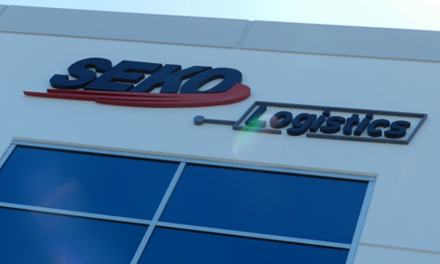
Re-imagining correspondence mail in the digital age

The US Postal Service (USPS) Office of Inspector General (OIG) has published a White Paper which explores the future prospects for correspondence mail.
For those not familiar with USPS terminology, correspondence mail is the segment that is used “solely or primarily to deliver communications, such as personal letters, greeting cards, and non-sales related communications sent and received between households and businesses and the government”.
In its Executive Summary, the OIG stated: “In the face of continued declines in correspondence mail volume, the Postal Service may need to continue to seek innovative ways to enhance the product’s relevance to the American public.
“This paper highlights some of the Postal Service’s efforts to date to minimize the decline in correspondence mail volume, such as integrating digital features into physical pieces of correspondence mail, and suggests additional strategies the Postal Service could pursue to shore up its highest contribution product, First-Class Mail.”
The paper noted: “Five key and interrelated factors have affected correspondence mail in the last 15 years: electronic diversion, the economy, age differences, postage prices, and security and privacy concerns.”
While correspondence mail will probably never regain the sort of volumes it had in the 1990s, the OIG paper argued that there are things the USPS – and other postal operators – can do keep it relevant in the digital age.
“There may be little the Postal Service can do to grow the volume of correspondence mail. The bottom line is that the correspondence segment of First-Class Mail is in a sustained decline, and a return to its annual peak of 24 billion pieces is impractical,” said the OIG. “However, that does not mean that the Postal Service is without options. The way forward likely means accepting and adjusting to a smaller correspondence mail footprint. In addition, the Postal Service could shore up correspondence mail by continuing to explore ways of increasing the value of the mail, most particularly innovative means of incorporating digital elements in physical mail pieces.”
Click here to access the report.













